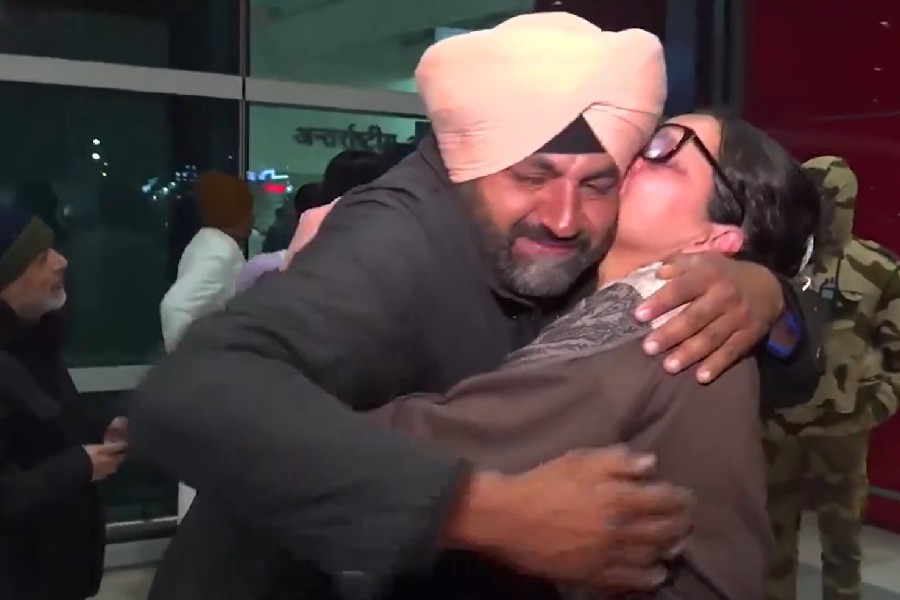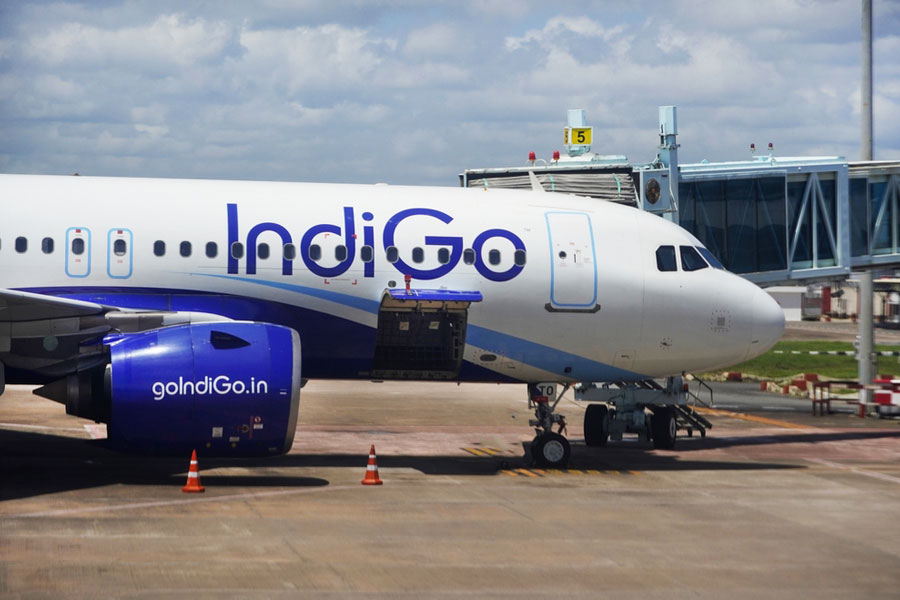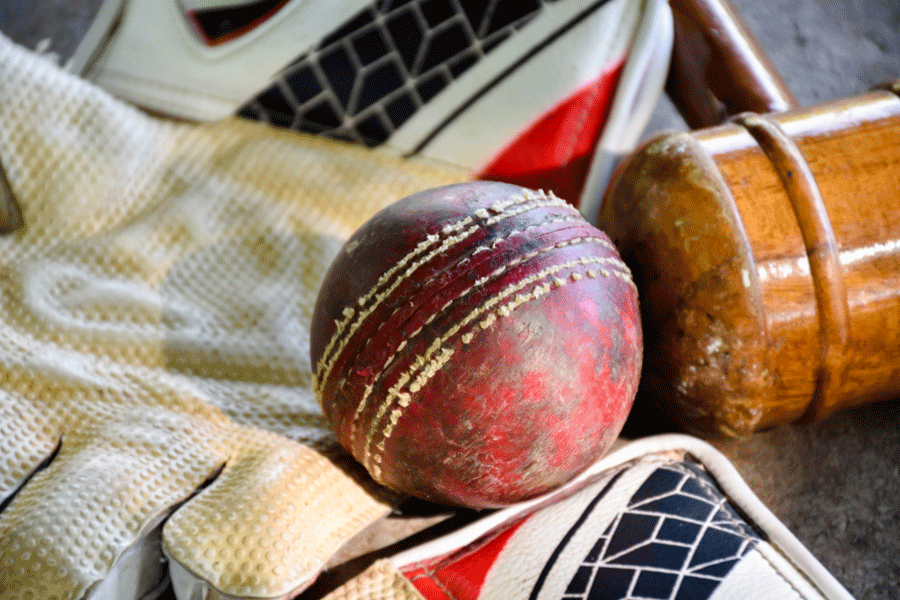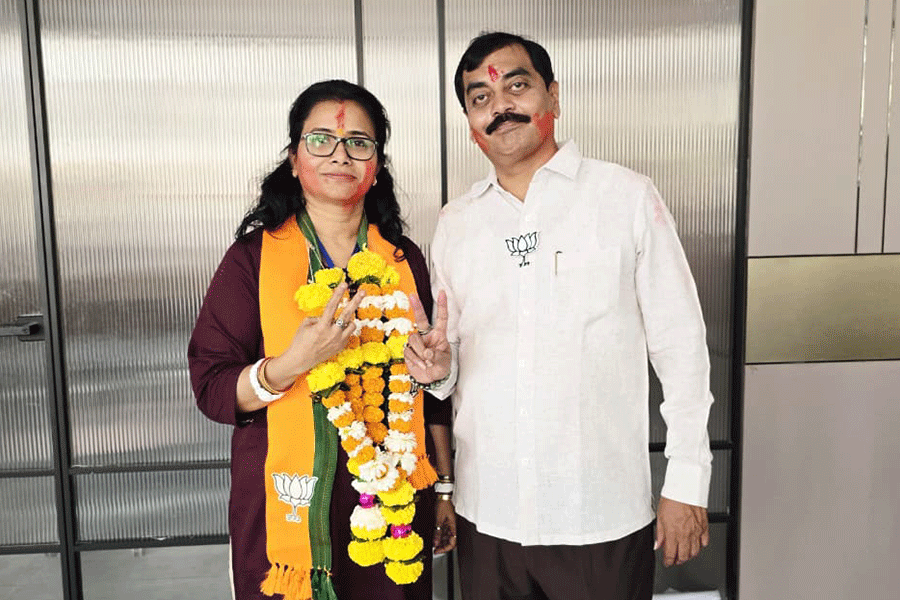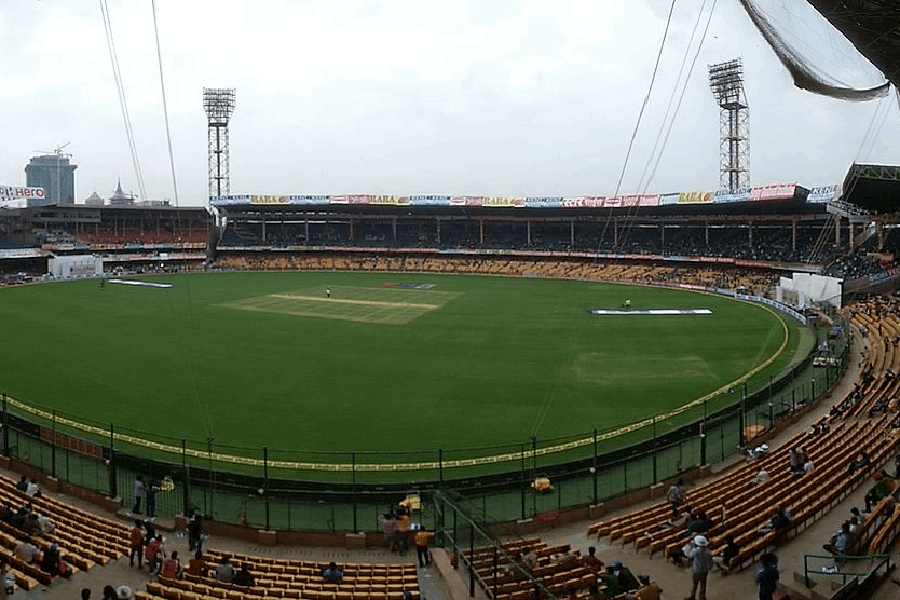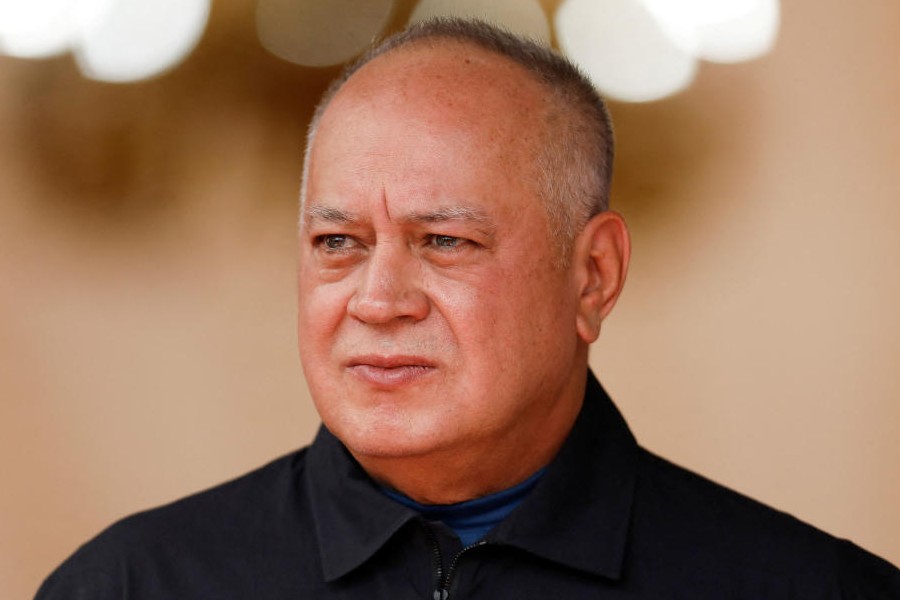 |
Chandipur, Dec. 26: Chandipur, a weekend destination from the twin cities, offers visitors an experience tinged with history, myth and natural beauty.
Here, one may visit the banks of the Buribalam river, where the encounter between Bengali freedom fighter Bagha Jatin and the then British commissioner, Charles Tegart, took place. To experience an essence of epic war, a short trip can also be made to Jarachua, a place that is believed to be the wrestling ground where epic legends such as, Bheema and Jarasandha, put up a fierce fight. Moreover, the combination of a serene sea and hilly terrain of the Eastern Ghats often proves to be a nature lover’s paradise.
One can start the sightseeing tour right from the banks of the Buribalam — 4km from Chandipur — where Jatin Chandra Mukherjee (popularly known as Bagha Jatin) was shot twice during his encounter with the British force. But he swam across the river and managed to escape to Barabati where a doctor along with six attendants operated on Jatin to take out the bullets. After a while, Jatin managed to reach the hideout at Chashakhanda village where the freedom fighters used to store ammunition. Unable to find the door key, he could not open the storeroom. Exhausted Jatin fell unconscious due to excessive bleeding. Later police reached the spot and got him admitted to a hospital at Barabati. Bagha Jatin was put under detention in Dhyari jail.
In memory of the patriot, the state government has donated the Bengal government a patch of five-bigha land at Chashakhanda.
“One Mahendra Singh acted as police informer. Had there been no traitor, the patriot could have escaped from the clutches of the force,” says Ramsankar Sahu, a guide-cum-driver working with the OTDC (Orissa Tourism Development Corporation) guesthouse, Panthanivas, at Chandipur.
Around 52km from the Buribalam, Panchalingeswar is undoubtedly the main attraction near Chandipur. Nestled in the middle of a hillock of the Eastern Ghats, the deity — five lingams of Lord Shiva — is always covered with water as a perennial stream flows over the lingams. Visitors lie flat on a rock to touch and worship the lingams.
According to legends, the lingams had been enshrined here by Sita, consort of Lord Ram. However, another school of thought attributes King Banasur for installation of the lingams. According to folklore, local King Purnachandra Mardaraj Harishchandan discovered the lingams here. People believe Jarasandha, the epic warrior and King of Magadha, in guise of a saint, guided Harishchandan to the lingams and suddenly disappeared.
After visiting Panchalingeswar, one can trek to the Kuldiha Reserve Forest, 7km from the shrine. Two-day trekking can be organised after securing permission from the Nilgiri Forest Office at Kachharibazar. Raju Pourodi, owner of a tea-kiosk, situated on way to Panchalingeswar, works as a trekkers’ guide. “Tourists trekking through the reserve forest have a high chance of having a glance of herd of jumbos. Moreover, one can also visit the Rishia dam (10km from Nilgiri) and the watchtower from where the King used to hunt animals,” says Pourodi.
“While there is Kuldiha Guest House in the forest with good accommodation facilities, one can also put up tent and spend the night in jungle,” says Pourodi. Moreover, a visit to the reserve forest includes attractions such as, a temple in the forest dedicated to vanadevi (local deity) and the Gurikha reservoir.
In the foothills of the Eastern Ghats, Nilgiri town (ancient name of which is Rajnilgiri) boasts a palace of local King Purnachandra Mardaraj Harishchandan and a Jagannath temple. The palace, though deserted and sealed now, bears the testimony of royalty by virtue of its larger than life exteriors. Its high walls, sculptured gates and huge entrance inaudibly speaks about the royal past. The rooftop, where once the royal musicians used to perform nahabat (music show), now houses flock of pigeons.
In the palace compound, one of the King’s chambers is set up underground, adjacent to a well. It is said that the well’s waters used to keep the room’s temperature low with the construction working as a natural air-cooler.
Originally, the royal palace was situated at Sajnagarh, 7km from the Nilgiri rajbari. It is said that responding to a dream vision of Goddess Bagalamukhi Durga, the queen, Nilmani Mardaraj, urged the King to set up a temple of Goddess Bhudhar Chandi (an incarnation of Goddess Durga) at Sajnagarh.
Every year, like Puri, the festival of ratha yatra is observed at Nilgiri with much pomp and show.
Remuna, 27km from Nilgiri, is a famous Vaishnabite seat with a temple dedicated to Lord Khira Chora Gopinath (butter-stealing Krishna) being the main attraction. Chaitanya Mahaprabhu, the famous saint, stayed here for two nights on his way to Nilachal (ancient name of Puri) from his native place Nabadwip at Nadia district in Bengal. A footprint, engraved on a piece of stone on temple premises, is attributed to Chaitanya Mahaprabhu.
It is believed that Lord Rama carved the idol of Gopinath through his arrow and Sita used to worship the deity at Chitrakut.
Langula Narasingha Dev, the King of Orissa, is said to have enshrined the idol at Remuna. However, there are three idols of Krishna installed side by side at the sanctum sanctorum. Starting from the left, the deities are named as Madan Mohan, Gopinath and Govinda.
The myth of the temple revolves around another Bengali saint and the guru of Mahaprabhu, Madhabendra Puri. Madhavendra used to stay in Vrindavan and was a devotee of Lord Krishna. Once the saint visited Puri to fetch sandal pulp for the lord. On his way back to Vrindavan, Madhavendra stayed at this temple. During the sandhya aarti (evening prayer), the deity was provided eight pots of khira (a sweet preparation of condensed milk) as part of the ritual. On seeing this, Madhavendra felt like tasting the khira. Immediately after that, one pot of khira went missing. At night, the main priest of the temple, in his dream, received an order from Lord Krishna that the lord, himself, had stolen the pot and kept it hidden under his cloth in order to have it delivered to Madhavendra Puri. The priest at once rushed to the sanctum sanctorum and found the pot under the deity’s cloth.
The priest, then and there, carried the khira to Goudiya math — 1.5km from the temple — where Madhavendra was sleeping. He woke up Madhavendra and offered him the khira. Pilgrims cutting across religions are allowed to visit this temple.
Chandipur houses an array of hotels. However, to have a room with sea-view, one has to board at Panthanivas (the OTDC guesthouse).
Trains and buses are available both from Cuttack and Bhubaneswar at regular intervals.


